“Medium Format cameras can’t shoot sports, action, and wildlife,” they said. Well, maybe now they can. Fujifilm worked very hard to elevate its GFX line to be the most versatile medium format cameras around. First, it made the larger sensor affordable to most. Second, Fujifilm made them decent at video. Now, It has made them focus and shoot fairly rapidly. Everything is now in line to make them succeed beyond the traditional place for medium format and that is why Fujifilm released the 500mm f/5.6.
Providing a full-frame equivalent focal length of roughly 400mm, the new GF 500mm gives a fair amount of light and the reach needed to capture some wildlife and most sports. With the addition of the TC 1.4X TCON, the 500mm can go even farther with an equivalent 550mm reach.
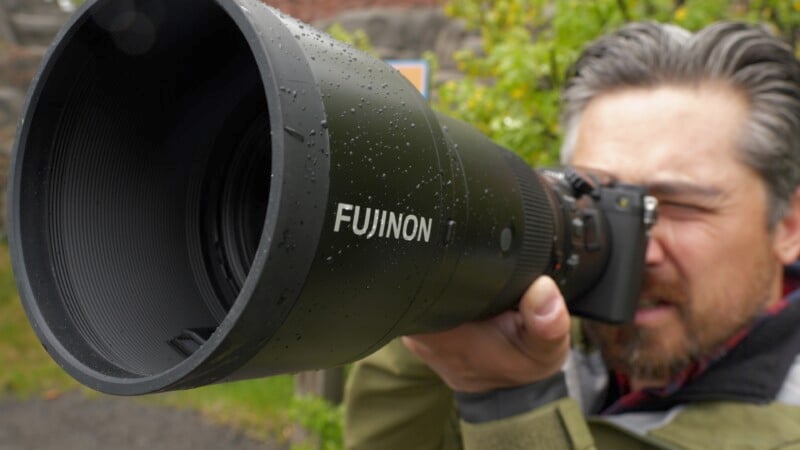

Fujinon GF 500mm f/5.6 LM WR OIS Review: How it Handles
I should mention that the unit we used for evaluation is technically a pre-production model but Fujifilm assured us we could thoroughly test it out for a final review. About the only thing we couldn’t check was flare because of our cloudy shooting day but we did the rest. I honestly don’t expect flare to be an issue on this lens as long telephotos always have effective hoods and Fujifilm always has good lens coatings.
At only 48.5 ounces (1,375 grams), I was surprised by how easy the 500mm was to carry around. Granted, I coupled it with the new GFX 100S II but the overall design is quite manageable. There are 95mm diameter filter threads on the front of the lens protected by a generous hood. The zoom ring turns tightly and with good resistance as does the manual focus ring.
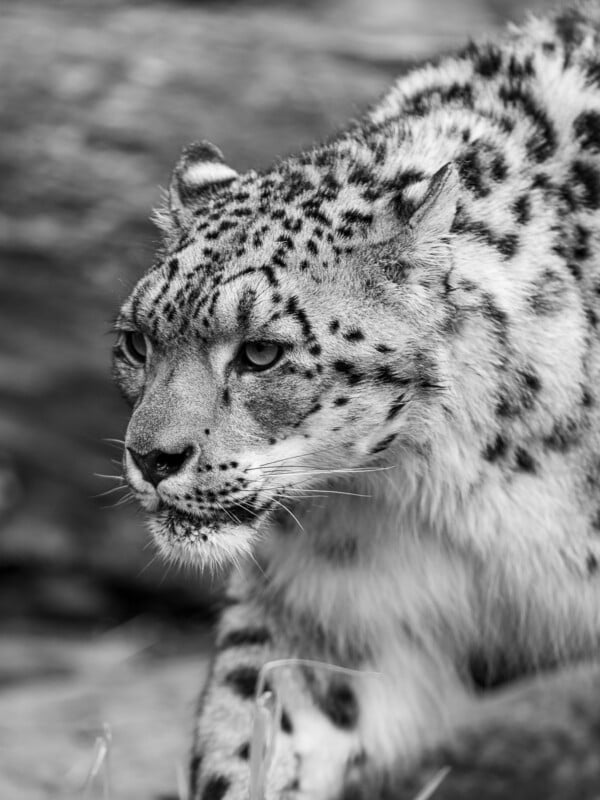
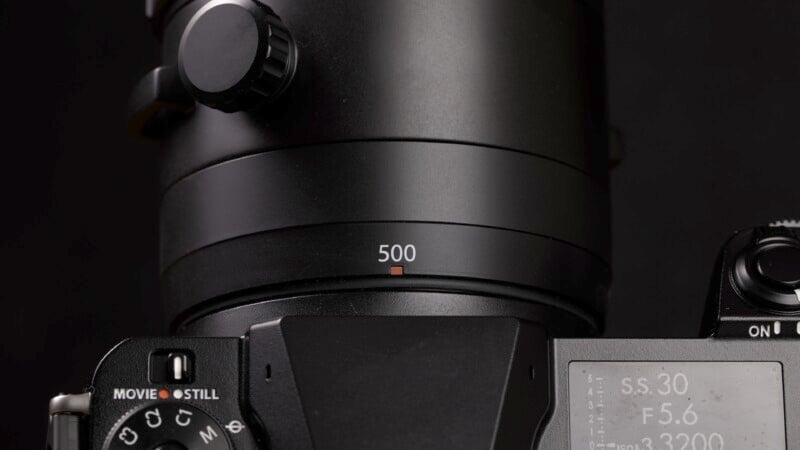
The usual customizable buttons surround the housing, and there is the standard assortment of switches required to control a telephoto lens. You can set focus, OIS controls, focus limiter, and a preset distance to switch to. The aperture ring also works well, although I would have preferred more resistance in the click stops. On many occasions I found the aperture slipping to a tighter setting when I didn’t expect it to.
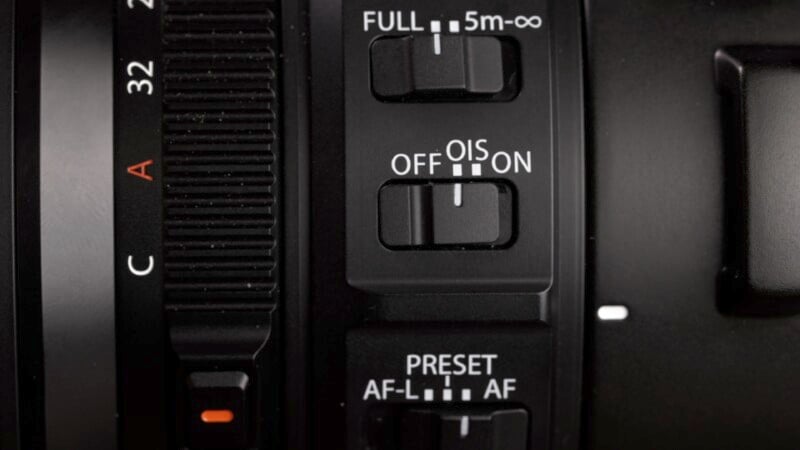

Otherwise, the GF 500mm has fast linear motors and they drive the lens quickly enough for capturing animals at different distances. Tracking performance was also quite good and focus accuracy was usually right on the eye of people and animals. The lens is also fully weather-sealed and this was fortuitous because we got hit with some rain on our day out.
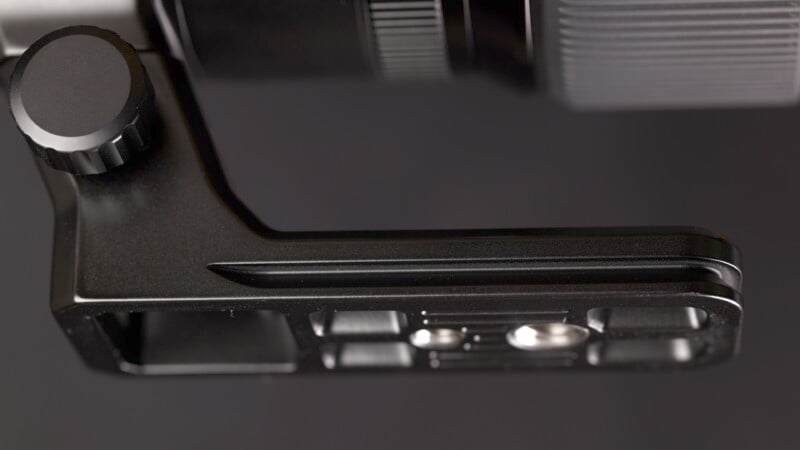
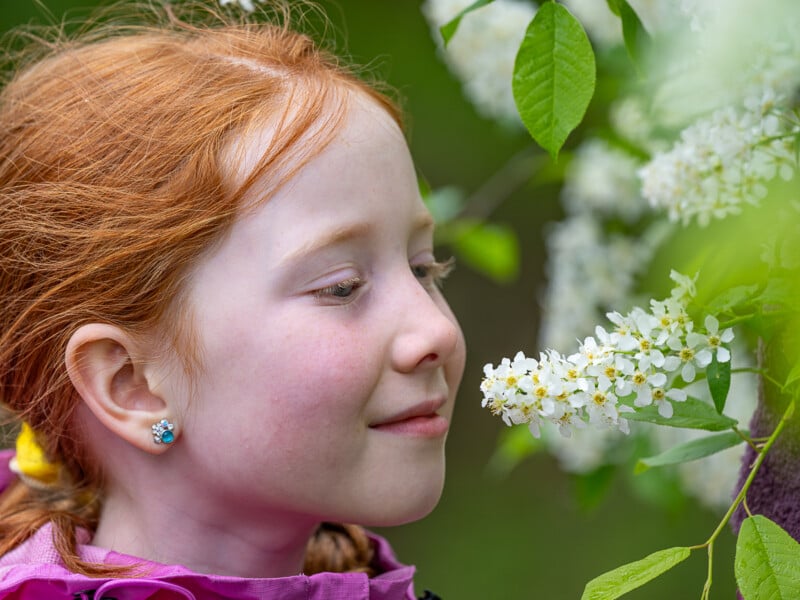
Fujinon GF 500mm f/5.6 LM WR OIS Review: How it Shoots
A long telephoto like this 500mm will provide shallow depth-of-field pics and ideally should render a smooth and soft-looking background. The Fujinon 500mm has a bit of a cat’s eye effect at f/5.6 and nice round bokeh stopped down. There is no soap bubble or onion ring look to the highlights and this all results in some very smooth-looking bokeh. I loved the transitions as the lens fell out of focus and busy backgrounds became dreamy and non-distracting.
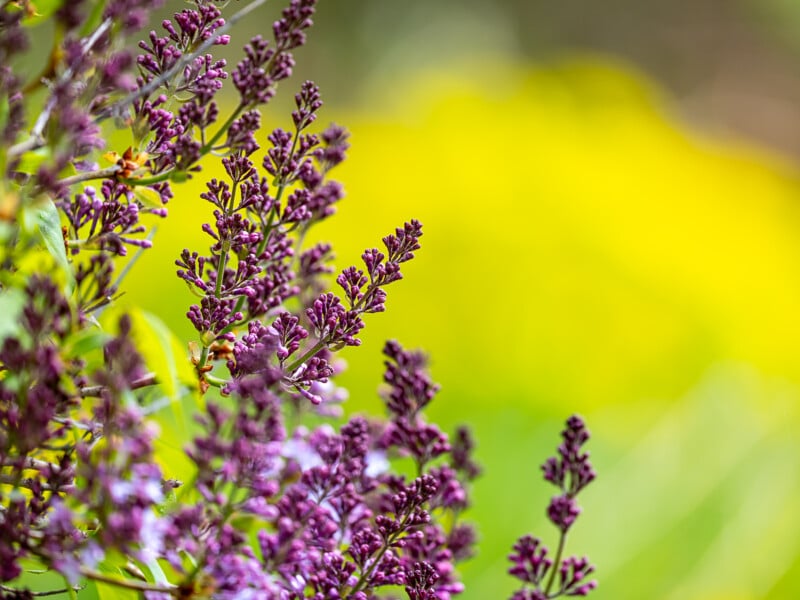

This lens is ridiculously sharp with ideal performance wide open at f/5.6. I saw no real improvement going to f/11 and the corners were equally good. Also, the lens is sharp in the corners when it is focused in the center of an image and overall this is a lens that can shoot at f/5.6 all day with no need to lose more light. An aperture of f/5.6 isn’t exactly super bright, so I’m happy that the lens does its best work at the widest aperture.
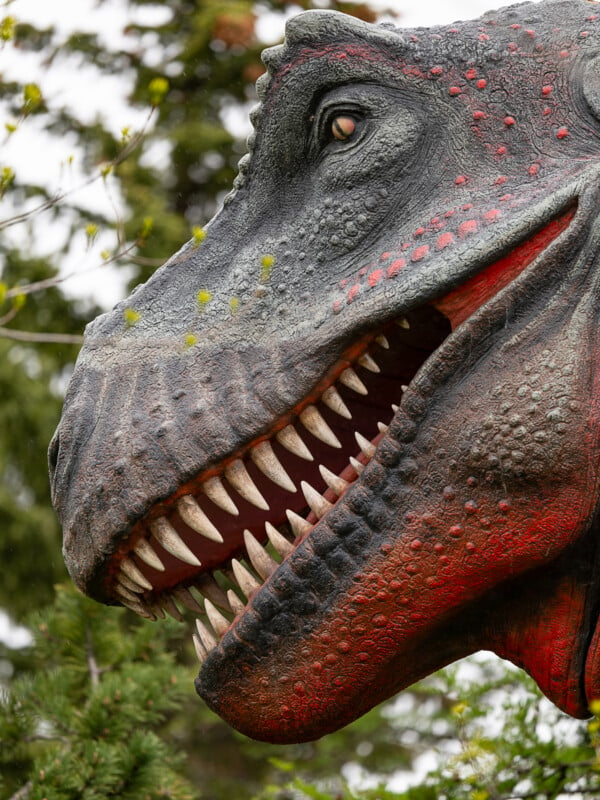
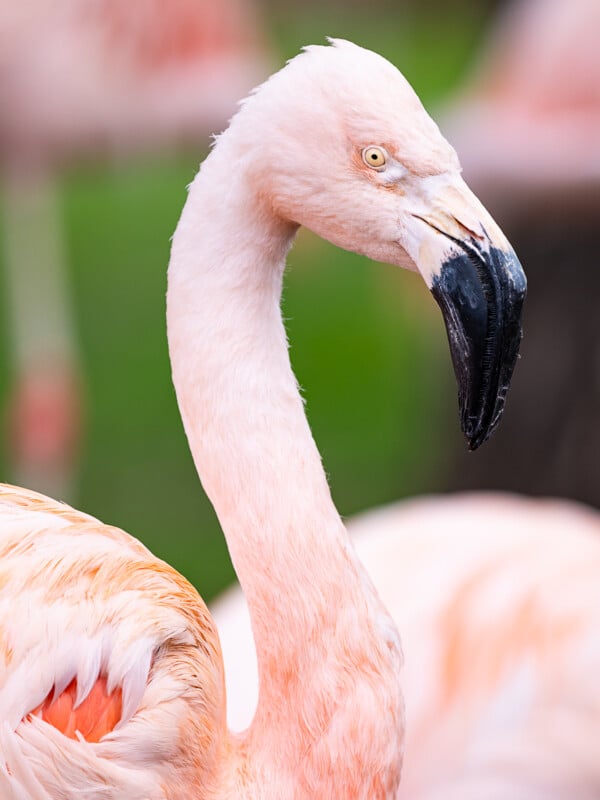
I did test close-up shooting on some butterflies fluttering about and dealing with the 2.75 meter minimum focusing distance was a little challenging. Macro capability is pretty average at about 1:5 life-size reproduction. I won’t be filling the frame with a butterfly but I do have tons of megapixels to crop into for the occasional close-up.
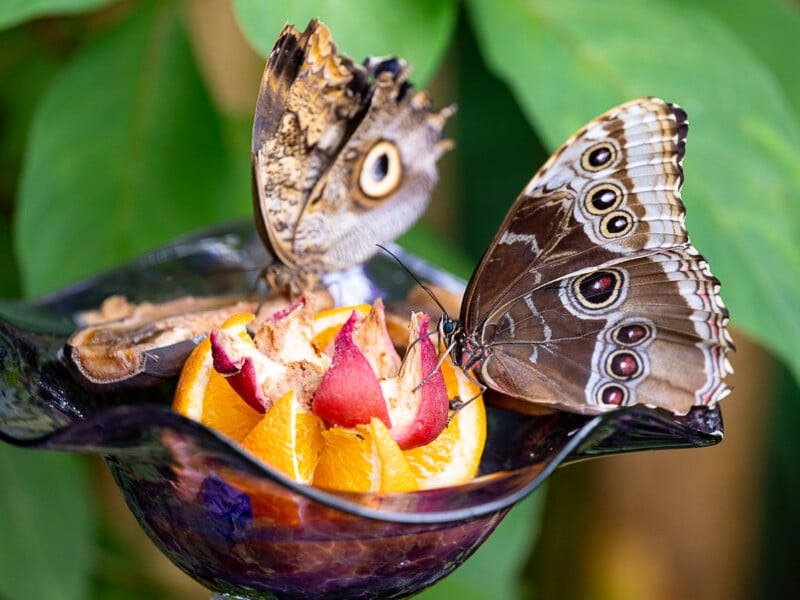
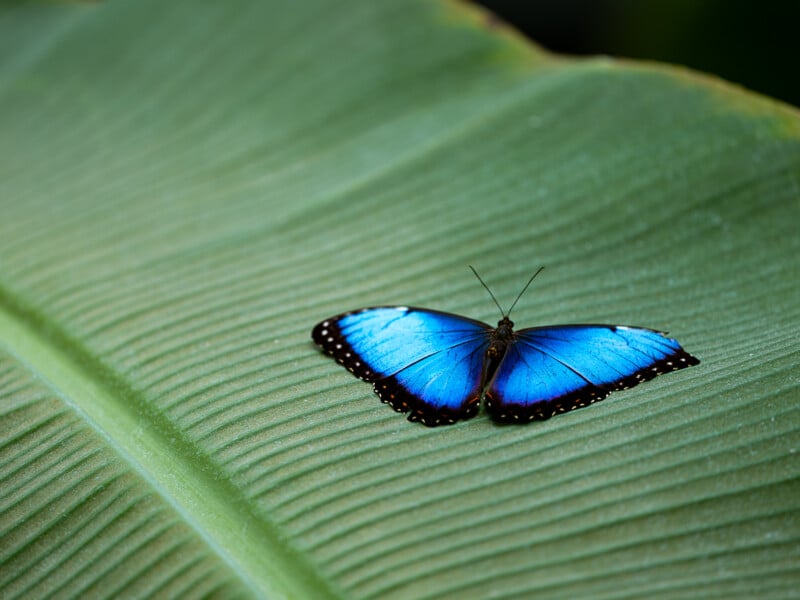
I didn’t expect to see any LoCA with this lens and this proved to be true. There is no color cast in the foreground and background areas of the images, so need to worry about correcting for this later. Everything about this lens optically was easy to work with and delivered excellent performance.

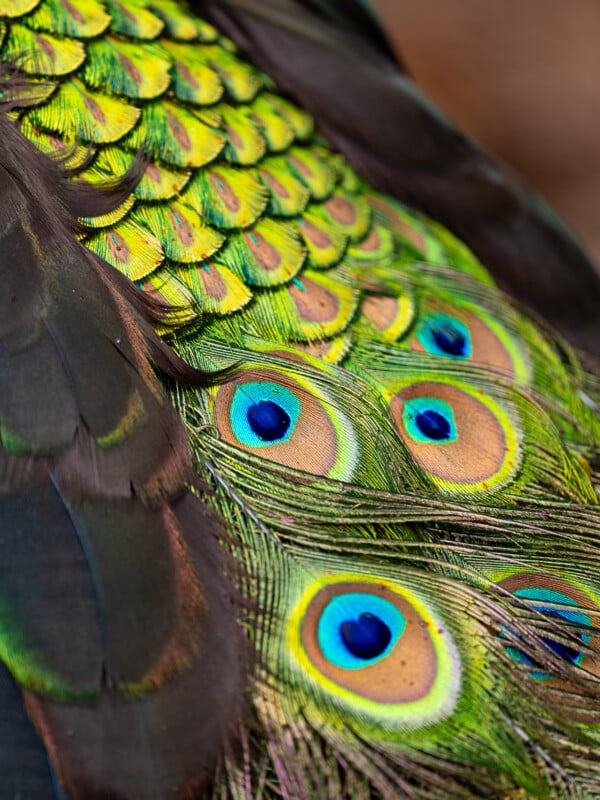
The Fujinon GF 500mm f/5.6 LM WR OIS is a New Frontier for Fujifilm
Fujifilm has made an excellent lens but even more importantly they have taken the first step into another arena of photography that medium format doesn’t normally compete in. After using the GFX 100S II and 500mm lens, I still feel that a more compact and faster shooting full-frame camera system is a better sports and wildlife package. The GFX system is still hampered by somewhat slower autofocus and slower burst rates than its smaller-sensor contemporaries.
However, what Fujifilm has done is open up the versatility of the GFX system even further. If I was invested in the system and wanted to tackle the occasional wildlife shot or play with a highly compressed super telephoto look to my compositions, I can now do that with a lens that shows off the image quality potential of the GFX system. Perhaps one day soon, GFX will be able to handle anything we can think to throw at it.
Are There Alternatives?
There is nothing like this lens for the GFX system that autofocuses and reaches out this far. The GF 250mm was the longest lens before the 500mm and doesn’t come close to its reach.
Should You Buy It?
Yes. If you have the GFX and want to go use it for animals, wildlife, and more with a longer focal length, the 500mm is the obvious choice.
